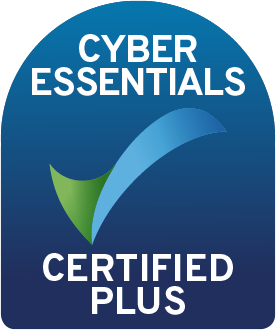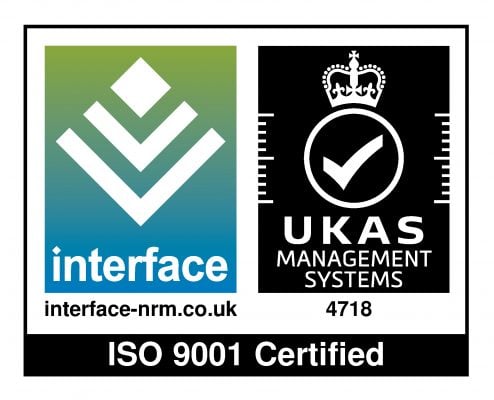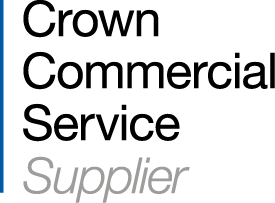What do you use your learning management system’s reporting and analytics functions for? Measuring your platform’s ROI? How about tracking learner progress? There are a number of ways you can utilise the data-driven insights that come from LMS reports and analytics but have you considered using them to enhance the learning experience?
When used correctly, you can leverage LMS reports and analytics to transform the learning experience by making it more engaging, personalised, and meaningful. Keep reading to find out how.
LMS reports and analytics: The basics
With the right LMS, admins can generate a whole host of detailed reports that provide valuable data and analytics on a number of key areas such as course completion rates and engagement levels.
Reports and analytics allow admins to track and measure the effectiveness of L&D activities and monitor learner progress at an individual level or organisation wide. Analytics will be collated automatically within your LMS and reports can be generated (manually and automatically) to present data in a user-friendly, digestible format.
Visit our LMS reports functionality page for a more detailed overview of this key LMS function.
Examples of LMS reports:
- Course completion totals
- Assessment results
- Log-in frequency
- Competency reports
Which reports should you include in your L&D strategy? Discover our top 5 here.
How do LMS reports and analytics enhance the learning experience?
Personalised learning
Most L&D leaders will know by now that personalised learning is the key to driving L&D success and creating a meaningful learning experience. There are a number of useful e-learning tools and features that can be used to personalise learning – including LMS reports.
LMS admins can use reports to build a data-driven picture of a learner's strengths, weaknesses, and learning preferences. This data can be used to create a personalised learning plan, delivering tailored content that addresses a learner’s unique needs and goals. What’s more, this data can be shared with managers and team leaders so that they too can incorporate it into any offline development activities.
Improve course effectiveness
What’s a guaranteed way to ruin the learning experience? Deliver inadequate training content and courses. To ensure your learners get the most out of your training content, it needs to be regularly reviewed and updated. Sounds like a lot of work, right? This is where LMS reports and analytics come in.
LMS reports can provide key insights into course effectiveness such as completion rates, drop-off points, assessment results and enrolment numbers. Using this data, you can implement changes that will improve course effectiveness.
For example, a report that identifies a common drop-off point in a course indicates that the content is unengaging, complex or perhaps has a poor UX making it difficult to complete. Once the drop-off point has been identified, LMS admins can optimise the content to improve the learning experience.
Identify behavioural patterns
LMS reports and analytics are hugely beneficial for identifying weaknesses and areas for improvement on a larger scale, but did you know that you can also use them to support learners on an individual basis?
LMS reports and analytics can be used to track metrics for individual learners such as sign-on rates, completion rates, skipped modules, and time spent on each course. These metrics can help you identify patterns and insights such as what type of content a learner might avoid, how often they’re logging into the LMS and how long for, or whether they’re struggling with a particular subject matter because they’ve failed the end-of-course assessment multiple times.
Armed with this valuable information, you can jump in and give learners any additional support they need. What’s more, you can improve the learning experience for them by incorporating more of what they love. Are they excelling whenever the content is interactive? Then make adjustments by incorporating more interactive content. Are they logging in to the LMS infrequently? Motivate them by introducing elements such as course leaderboards, badges and gamified elements that inject some friendly competition amongst your learners.

Learner satisfaction
If you’re unsure whether you’re delivering a strong learning experience, find out by going straight to the source. Using an LMS such as our Totara Learn solution, you can ask your learners directly using surveys, polls, and rating tools to identify issues and areas for improvement.
Using LMS reports, the results of surveys and polls can be automatically collated and presented in a clear format, with little to no need for manual input – making it easy and quick to gather insights from learners across the entire organisation. With this information, you can begin to adjust courses, improve the UX of your LMS and optimise learner engagement opportunities where needed.

Discover powerful reporting with a Hubken LMS
To get the most out of LMS reports and analytics, you need an LMS that makes it easy to generate detailed reports in a mere instant, giving you valuable insights and metrics at the click of a button. If your current LMS doesn’t offer this necessary functionality, get in touch with us today – we have the Totara and Moodle solutions for you.

Contact Hubken today
Quick responses and clear advice, we're here whenever you need us. Our friendly e-learning specialists are ready to help and will be in touch shortly after you've sent your message.
.png?width=1080&height=150&name=Slim%20blog%20CTAs%20(28).png)
.png?width=1080&height=150&name=Slim%20blog%20CTAs%20(13).png)



